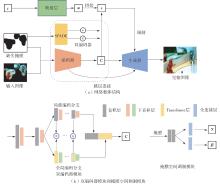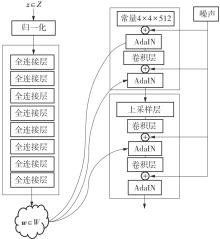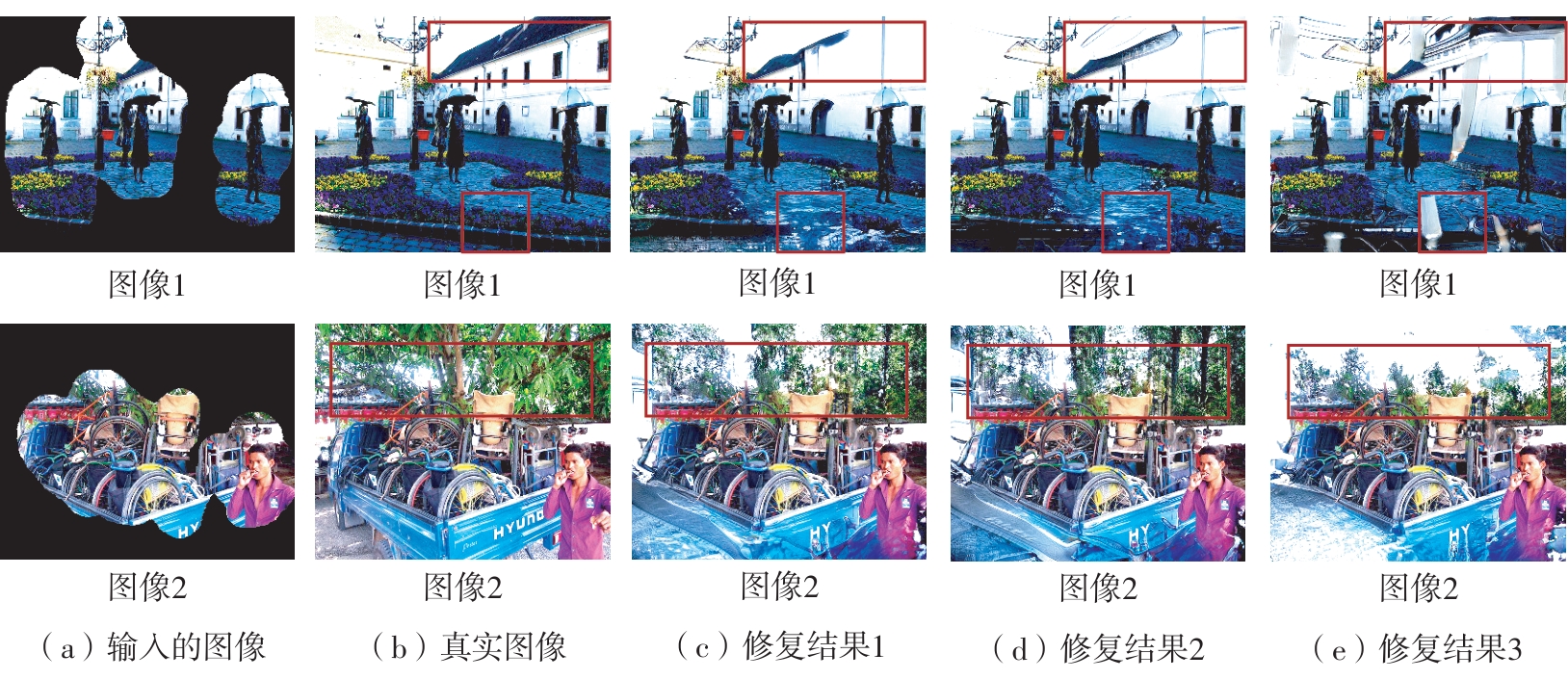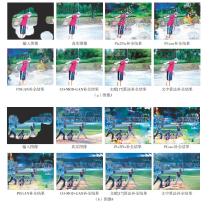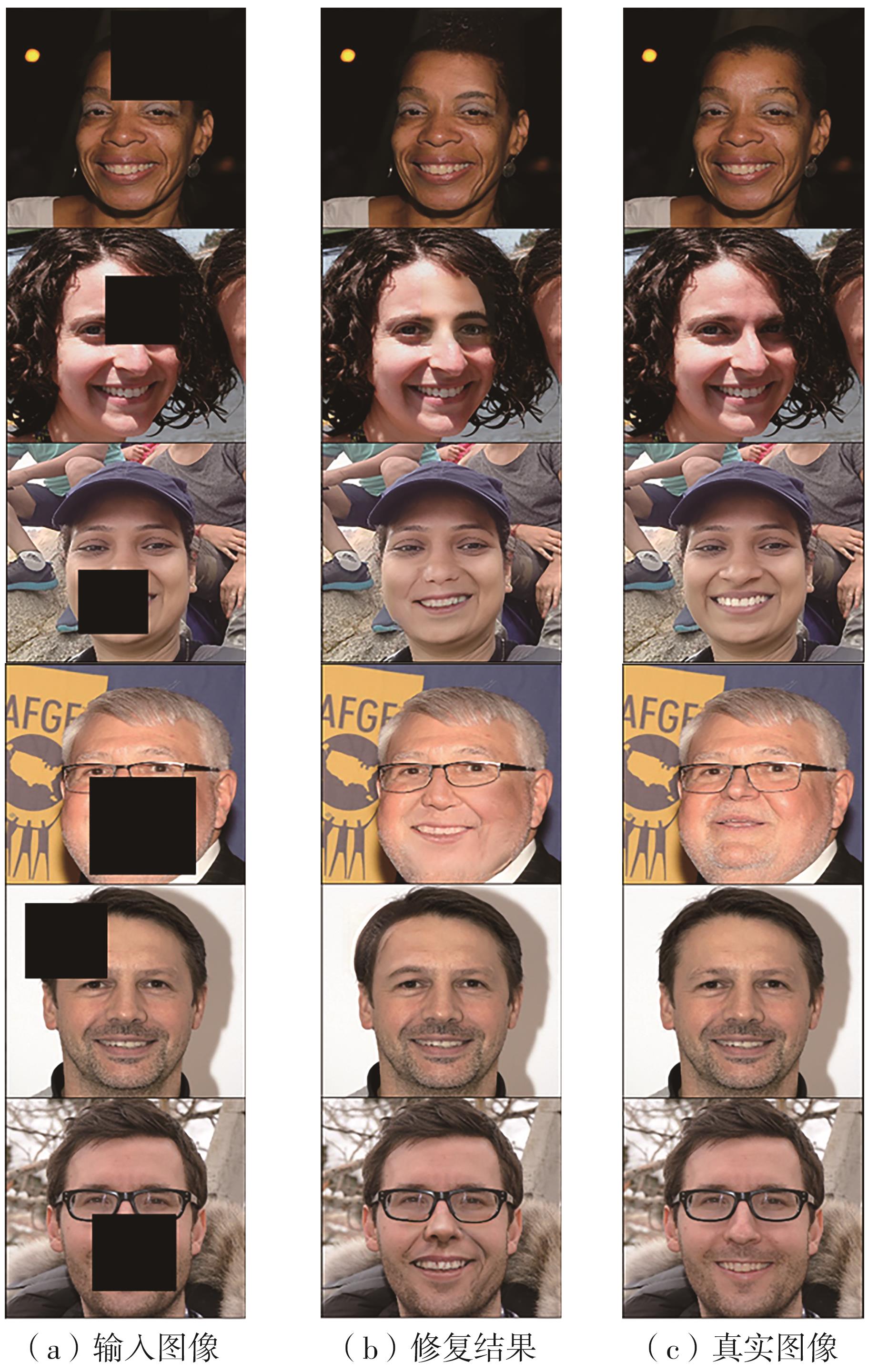| 1 |
XIE X, PAN X, ZHANG W,et al .A context hierarchical integrated network for medical image segmentation[J].Computers and Electrical Engineering,2022,101:108029/1-14.
|
| 2 |
ALHAYANI B S A, HAMID N, ALMUKHTAR F H,et al .Optimized video internet of things using elliptic curve cryptography based encryption and decryption[J].Computers and Electrical Engineering,2022,101:108022/1-10.
|
| 3 |
MA Y, ZHAI Y, WANG R .DeepFGS:fine-grained scalable coding for learned image compression[EB/OL].(2022-01-04)[2024-01-02]..
|
| 4 |
GOODFELLOW I, POUGET-ABADIE J, MIRZA M,et al .Generative adversarial networks[J].Communications of the ACM,2020,63(11):139-144.
|
| 5 |
PATHAK D, KRÄHENBÜHL P, DONHUE J,et al .Context encoders:feature learning by inpainting[C]∥Proceedings of 2016 IEEE Conference on Computer Vision and Pattern Recognition.Las Vegas:IEEE,2016:2536-2544.
|
| 6 |
YAN Z, LI X, LI M,et al .Shift-Net:image inpain-ting via deep feature rearrangement[C]∥ Proceedings of the 15th European Conference on Computer Vision.Munich:Springer,2018:3-19.
|
| 7 |
IIZUKA S, SIMO-SERRA E, ISHIKAWA H .Globally and locally consistent image completion[J].ACM Transactions on Graphics,2017,36(4):107/1-14.
|
| 8 |
DEMIR U, UNAL G .Patch-based image inpainting with generative adversarial networks[EB/OL].(2023-03-20)[2023-12-25]..
|
| 9 |
YU J, LIN Z, YANG J,et al .Generative image inpain-ting with contextual attention[C]∥ Proceedings of 2018 IEEE/CVF Conference on Computer Vision and Pattern Recognition.Salt Lake City:IEEE,2018:5505-5514.
|
| 10 |
YANG C, LU X, LIN Z,et al .High-resolution image inpainting using multi-scale neural patch synthesis[C]∥ Proceedings of 2017 IEEE Conference on Computer Vision and Pattern Recognition.Honolulu:IEEE,2017:4076-4084.
|
| 11 |
YU J, LIN Z, YANG J,et al .Free-form image inpainting with gated convolution[C]∥ Proceedings of 2019 IEEE/CVF International Conference on Computer Vision.Seoul:IEEE,2019:4470-4479.
|
| 12 |
LIU H, WAN Z, HUANG W,et al .PD-GAN:probabilistic diverse GAN for image inpainting[C]∥Proceedings of 2021 IEEE/CVF Conference on Computer Vision and Pattern Recognition.Nashville:IEEE,2021:9367-9376.
|
| 13 |
ZHAO S, CUI J, SHENG Y,et al .Large scale image completion via co-modulated generative adversarial networks[EB/OL]. (2021-03-18)[2023-12-25]..
|
| 14 |
KARRAS T, LAINE S, AITTALA M,et al .Analy-zing and improving the image quality of StyleGAN[C]∥ Proceedings of 2020 IEEE/CVF Conference on Computer Vision and Pattern Recognition.Seattle:IEEE,2020:8107-8116.
|
| 15 |
ZHENG H, LIN Z, LU J,et al .Image inpainting with cascaded modulation GAN and object-aware training[C]∥ Proceedings of the 17th European Conference on Computer Vision.Tel Aviv:Springer,2022:277-296.
|
| 16 |
SUVOROV R, LOGACHEVA E, MASHIKHIN A,et al .Resolution-robust large mask inpainting with Fourier convolutions[C]∥ Proceedings of 2022 IEEE/CVF Winter Conference on Applications of Computer Vision.Waikoloa:IEEE,2022:3172-3182.
|
| 17 |
KIM J, KIM W,OH H,et al .Progressive contextual aggregation empowered by pixel-wise confidence scoring for image inpainting[J].IEEE Transactions on Image Processing,2023,32:1200-1214.
|
| 18 |
ZHENG H, ZHANG Z, WANG Y,et al .GCM-Net:towards effective global context modeling for image inpainting[C]∥ Proceedings of the 29th ACM International Conference on Multimedia.New York:ACM,2021:2586-2594.
|
| 19 |
ZHENG H, ZHANG Z, ZHANG H,et al .Deep multi-resolution mutual learning for image inpainting[C]∥ Proceedings of the 30th ACM International Conference on Multimedia.Lisboa:ACM,2022:6359-6367.
|
| 20 |
FENG L, ZHU C, LONG Z,et al .Multiplex transformed tensor decomposition for multidimensional image recovery[J].IEEE Transactions on Image Processing,2023,32:3397-3412.
|
| 21 |
SIMONYAN K, ZISSERMAN A .Very deep convolutional networks for large-scale image recognition[EB/OL]. (2015-04-10)[2023-12-25]..
|
| 22 |
XIE S, GIRSHICK R, DOLLÁR P,et al .Aggregated residual transformations for deep neural networks[C]∥ Proceedings of 2017 IEEE Conference on Computer Vision and Pattern Recognition.Honolulu:IEEE,2017:5987-5995.
|
| 23 |
HUANG G, LIU Z, VAN DER MAATEN L, et al .Densely connected convolutional networks[C]∥ Proceedings of 2017 IEEE Conference on Computer Vision and Pattern Recognition.Honolulu:IEEE,2017:2261-2269.
|
| 24 |
KARRAS T, LAINE S, AILA T .A style-based gene-rator architecture for generative adversarial networks[C]∥ Proceedings of 2019 IEEE/CVF Conference on Computer Vision and Pattern Recognition.Long Beach:IEEE,2019:4396-4405.
|
| 25 |
HUANG X, BELONGIE S .Arbitrary style transfer in real-time with adaptive instance normalization[C]∥Proceedings of 2017 IEEE International Conference on Computer Vision.Venice:IEEE,2017:1510-1519.
|
| 26 |
JIANG M, HUANG S, DUAN J,et al .SALICON:saliency in context[C]∥ Proceedings of 2015 IEEE Conference on Computer Vision and Pattern Recognition.Boston:IEEE,2015:1072-1080.
|
| 27 |
SZEGEDY C, VANHOUCE V, IOFFE S,et al .Rethinking the inception architecture for computer vision[C]∥ Proceedings of 2016 IEEE Conference on Computer Vision and Pattern Recognition.Las Vegas:IEEE,2016:2818-2826.
|
| 28 |
ISOLA P, ZHU J Y, ZHOU T,et al .Image-to-image translation with conditional adversarial networks[C]∥Proceedings of 2017 IEEE Conference on Computer Vision and Pattern Recognition.Honolulu:IEEE,2017:5967-5976.
|
| 29 |
LIU G, REDA F A, SHIH K J,et al .Image inpain-ting for irregular holes using partial convolutions[C]∥Proceedings of the 15th European Conference on Computer Vision.Munich:Springer,2018:89-105.
|
